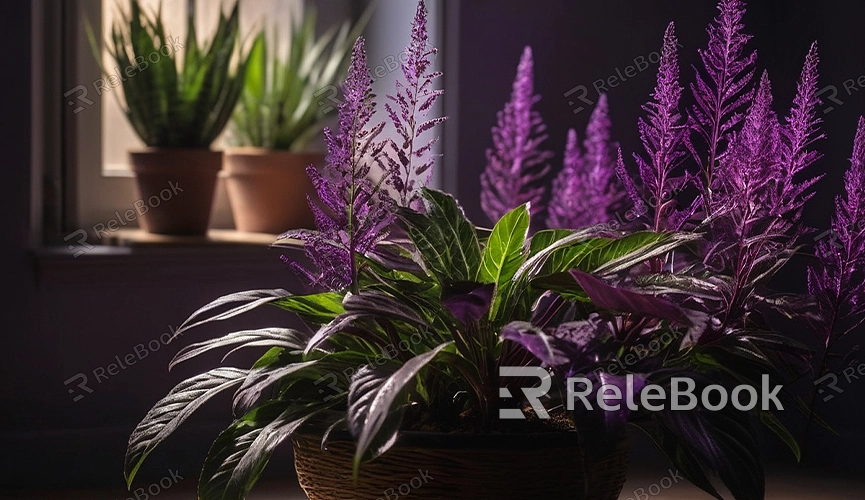How to render on blender
In the realm of 3D modeling and rendering, Blender is a highly acclaimed open-source software that offers powerful rendering capabilities, allowing users to create realistic images and animations. However, for some beginners, the rendering process in Blender may seem complex and confusing. In this article, we'll share some straightforward Blender rendering tips to help you effortlessly craft stunningly realistic scenes.
1. Determine the Rendering Engine and Settings:
Blender offers several different rendering engines, each with its unique advantages and characteristics. Before starting the rendering process, you need to decide which rendering engine to use and adjust the settings accordingly to meet your needs. For example, the Cycles rendering engine is suitable for high-quality realistic rendering, while the Eevee rendering engine is ideal for real-time rendering and interactive previews.

2. Create Appropriate Lighting:
Lighting is one of the key factors that affect rendering results. In Blender, you can use various light sources to simulate real-world lighting effects, such as point lights, spotlights, area lights, etc. By adjusting the position, intensity, and color of the light sources according to your scene's requirements, you can achieve more realistic and captivating rendering results.
3. Add Materials and Textures:
Materials and textures are another crucial factor in the rendering process. In Blender, you can add various materials and textures to models, such as diffuse, specular, roughness, etc. Using the node editor allows you to control the properties of materials and textures more flexibly, achieving more realistic rendering effects. Moreover, relebook offers a vast collection of exquisite 3D textures. If you need these 3D textures, download them and apply them to your models.
4. Adjust Camera and Perspective:
The position and perspective of the camera have a significant impact on rendering results. In Blender, you can control how the scene is presented by adjusting the camera's position, direction, and focal length. Experimenting with different viewpoints and compositions can help you find the best rendering results.
5. Utilize Environment and Background:
The environment and background are essential components of rendering scenes. In Blender, you can enrich the visual effects of your scene by adding environment maps or background images. Properly selecting the environment and background can enhance the rendering effect, making the scene more vivid and realistic.
6. Rendering Settings and Output:
After completing the rendering setup, you can start rendering the scene. In Blender, you can choose parameters such as resolution, frame rate, output format, etc., then click the render button to start rendering. Depending on your hardware performance and rendering requirements, choose appropriate rendering settings and output parameters to achieve the best rendering results.
7. Optimize Rendering Efficiency:
During rendering, you may encounter performance and efficiency issues. To improve rendering efficiency, you can try some optimization techniques, such as using render proxies, reducing scene complexity, optimizing materials and textures, etc. These techniques can help you speed up the rendering process and improve work efficiency.
By following the Blender rendering tips above, we believe you now have a deeper understanding of how to create realistic scenes. When using Blender for rendering, continuous experimentation and practice are essential. Only by continuously accumulating experience and exploring new techniques can you create astonishing rendering works. If you need many high-quality 3D textures and HDRI or downloadable 3D models, you can download them from Relebook and directly import textures and 3D models into your project.

